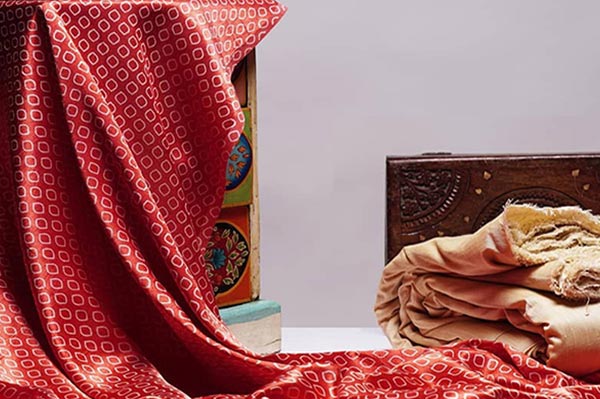The Mashroo textile was woven for Muslim communities, who believed that silk should not touch a person’s skin. Crafting a solution that enabled people to honor this belief while still appearing dressed in the finest clothing, weavers mixed silk and cotton threads to create a textile that was simple cotton on one side and rich silk on the other. The meaning of Mashroo is “this is allowed.” The port town of Mandvi is at the center of Mashroo legacy in Kachchh, historically creating luxurious bolts of the fabric that Muslims and Hindus enjoyed. In the regions of Saurashtra and Kachchh , women stitch mashroo kanjari (backless blouses), skirts, and cholis. Mashroo helped weave communities together. The Ahir Patels (farmers) produced cotton, which was handspun and then given the the weavers. Rabari and Ahir women did embroidery and mirror work to create even more distinctive versions of mashroo. Mashroo was a royal craft, produced in large quantities until the 1900’s for local elite and export markets. Till recently, the Maheshwari weavers practiced the craft. Today, traditional mashroo weaving is on the brink of extinction.



